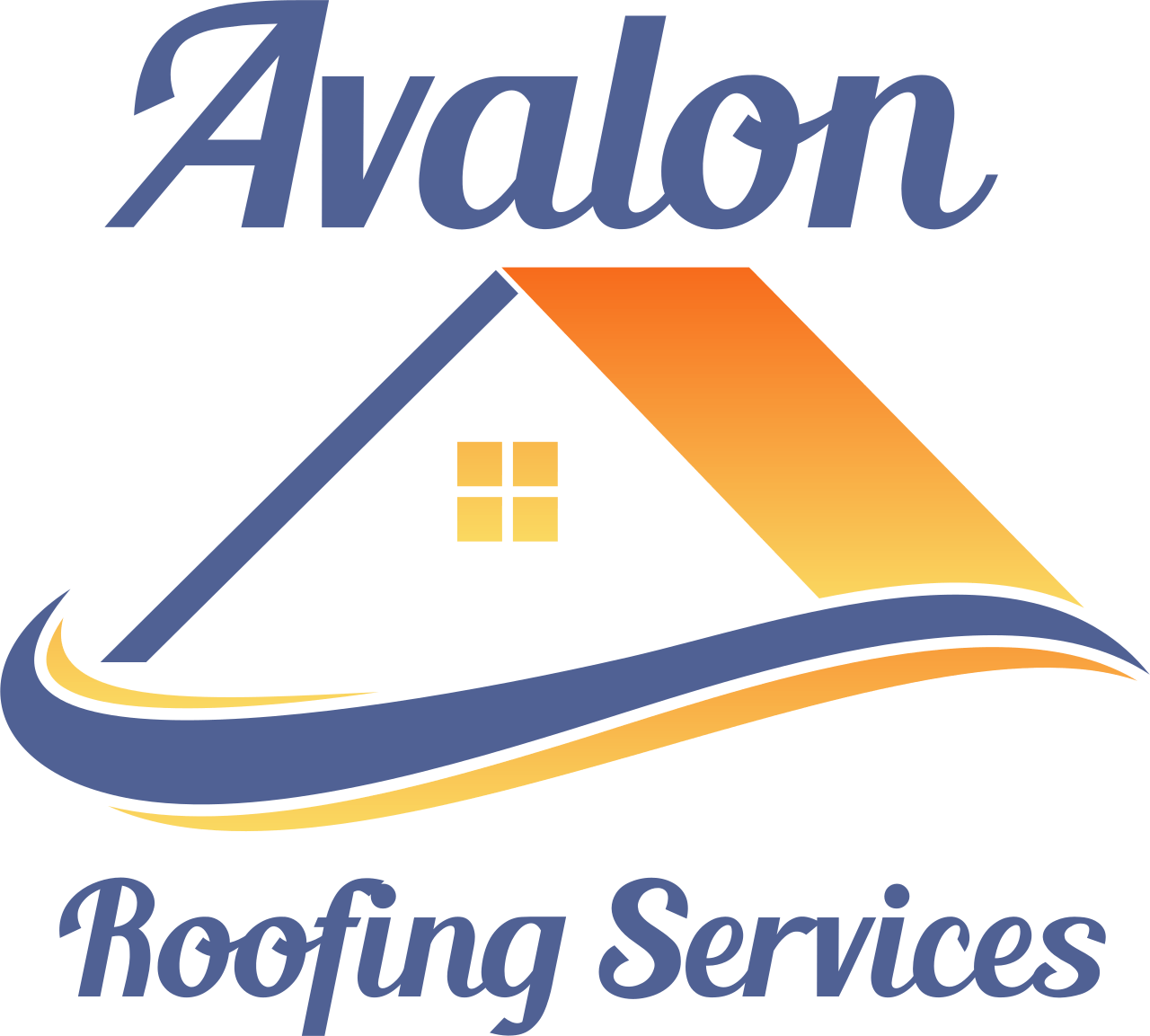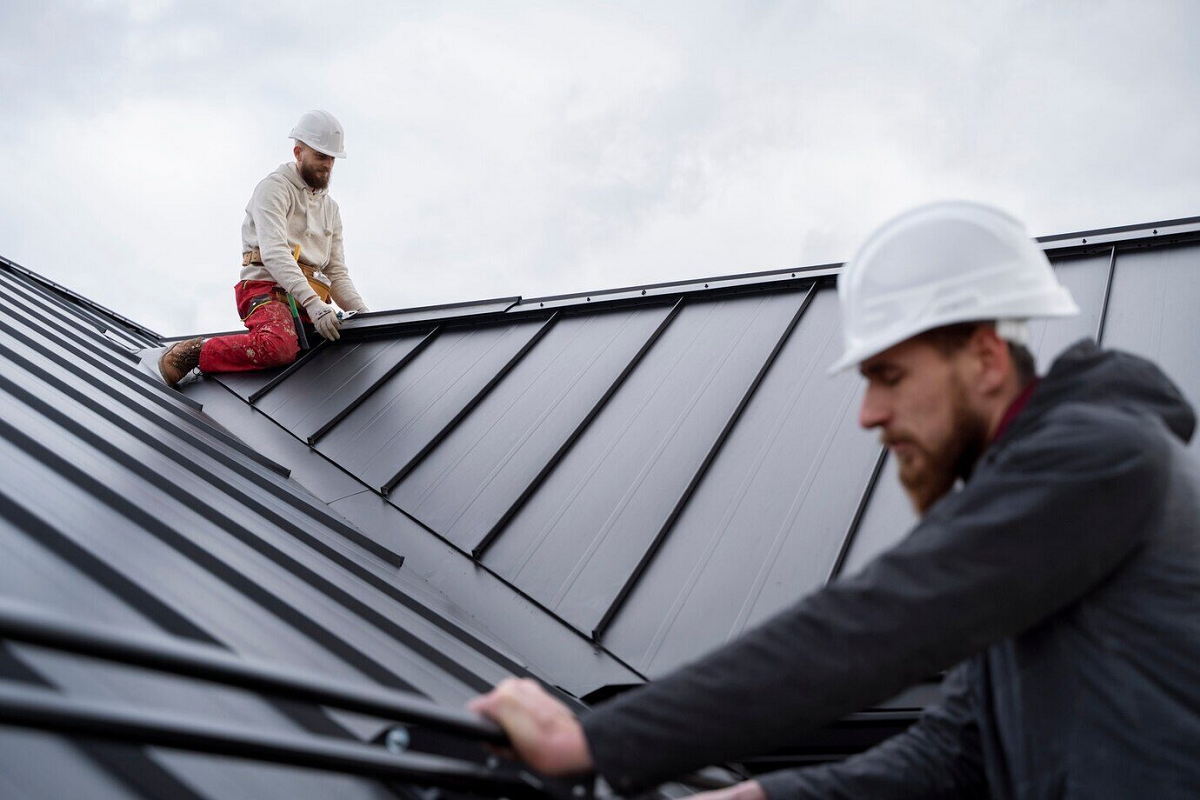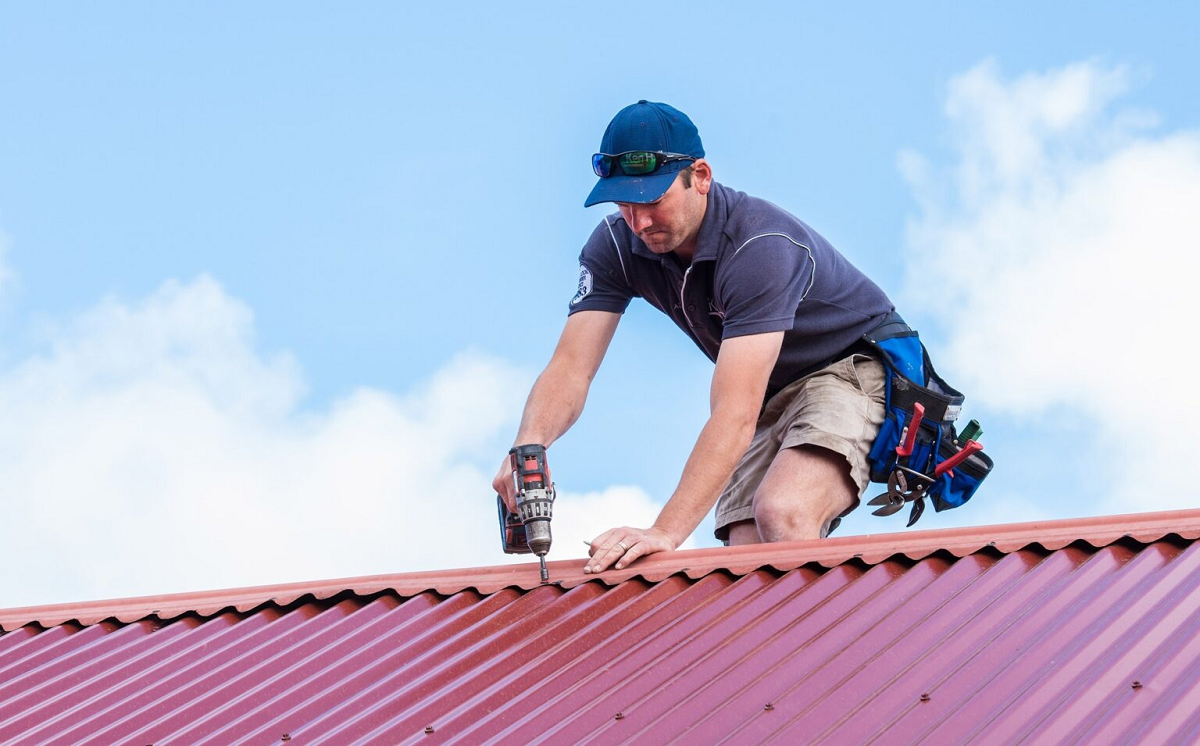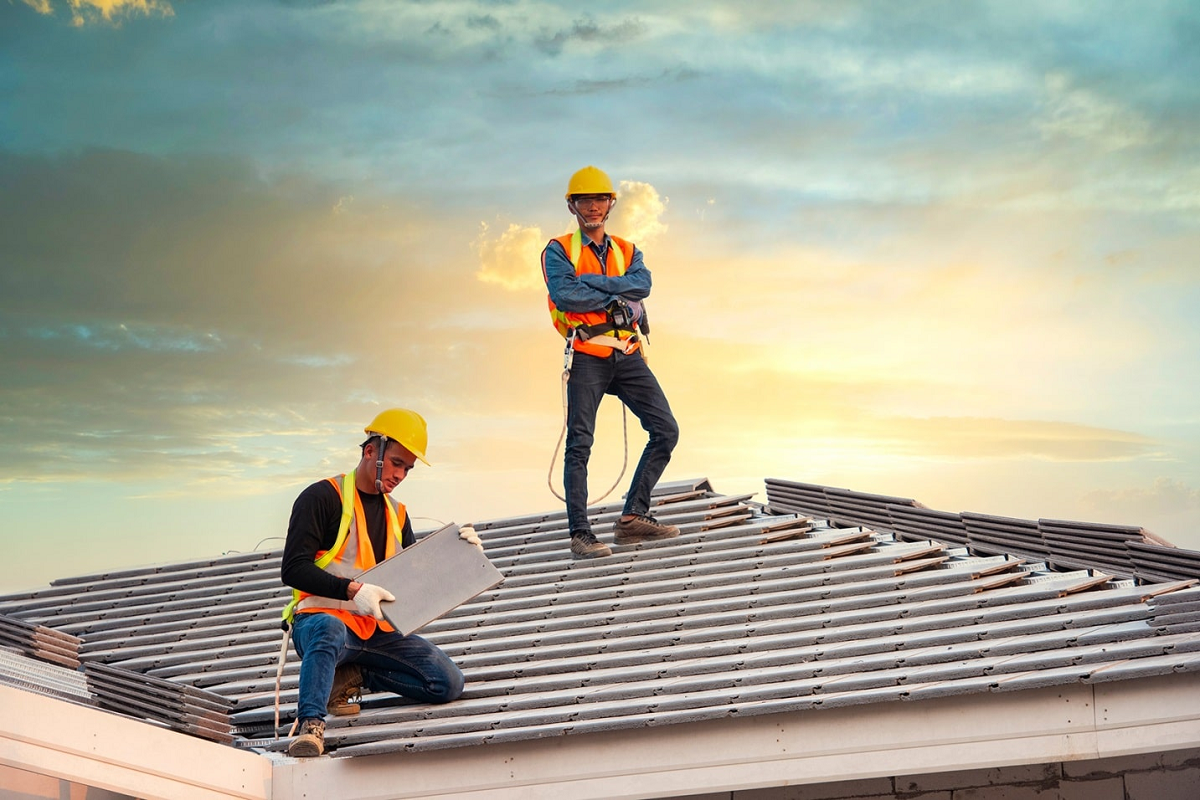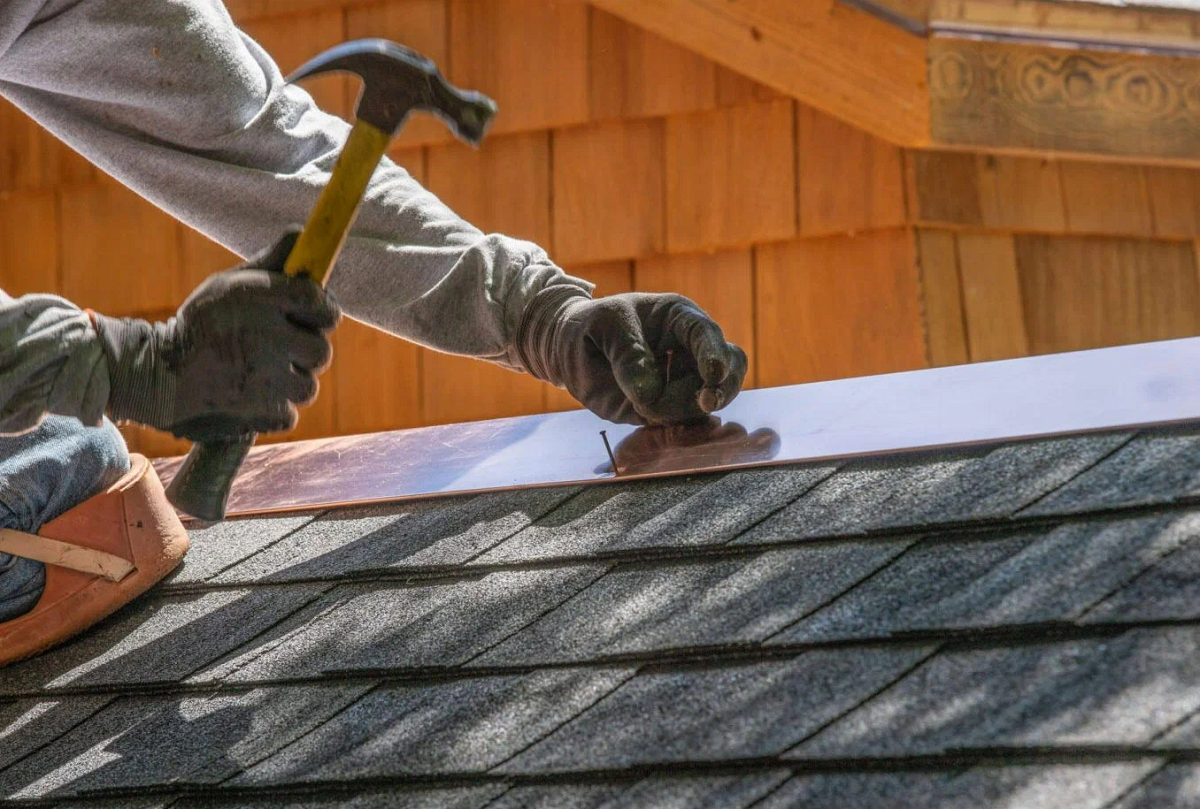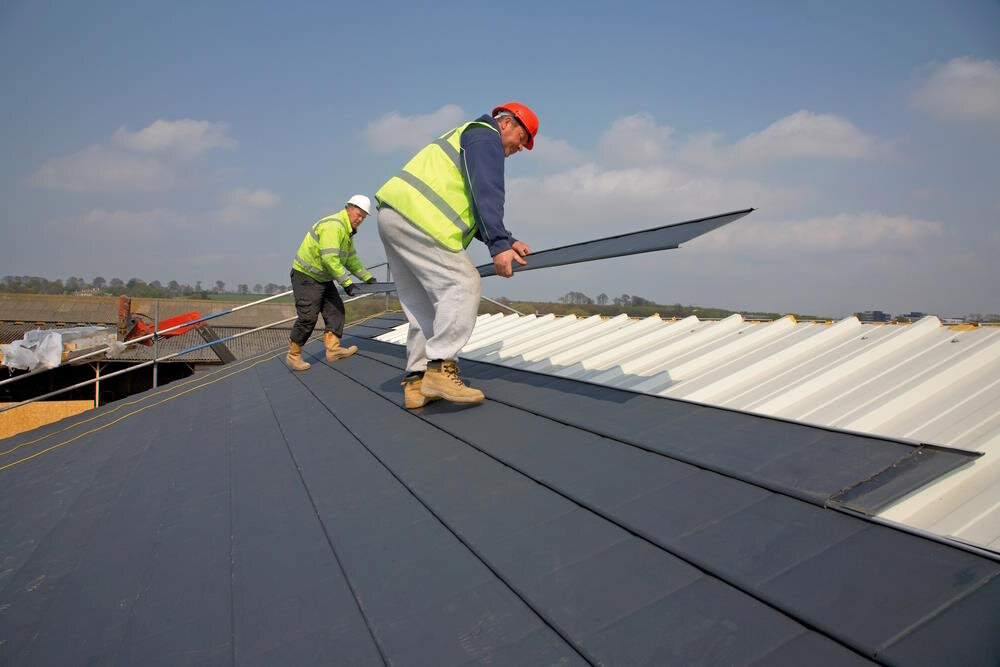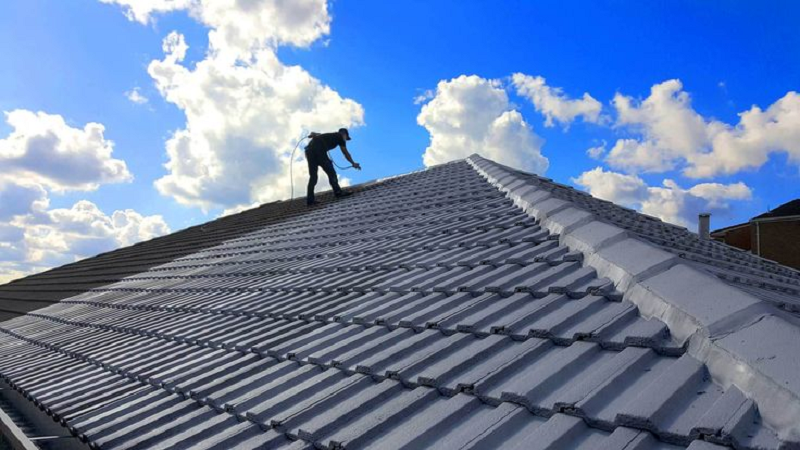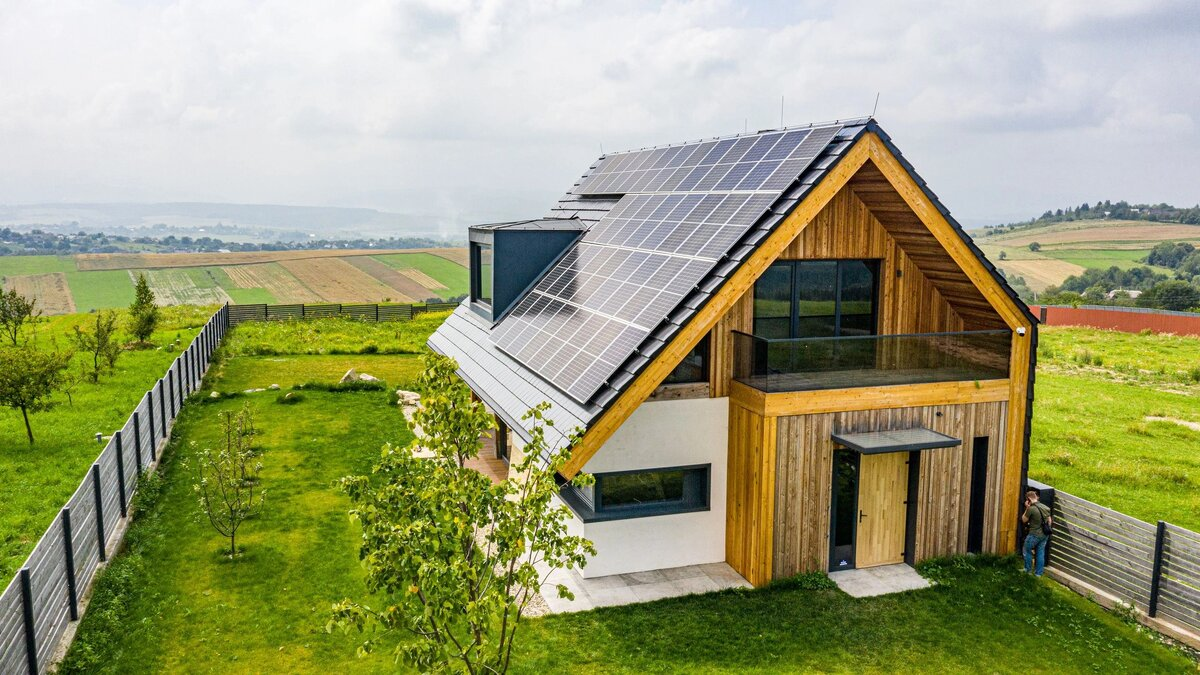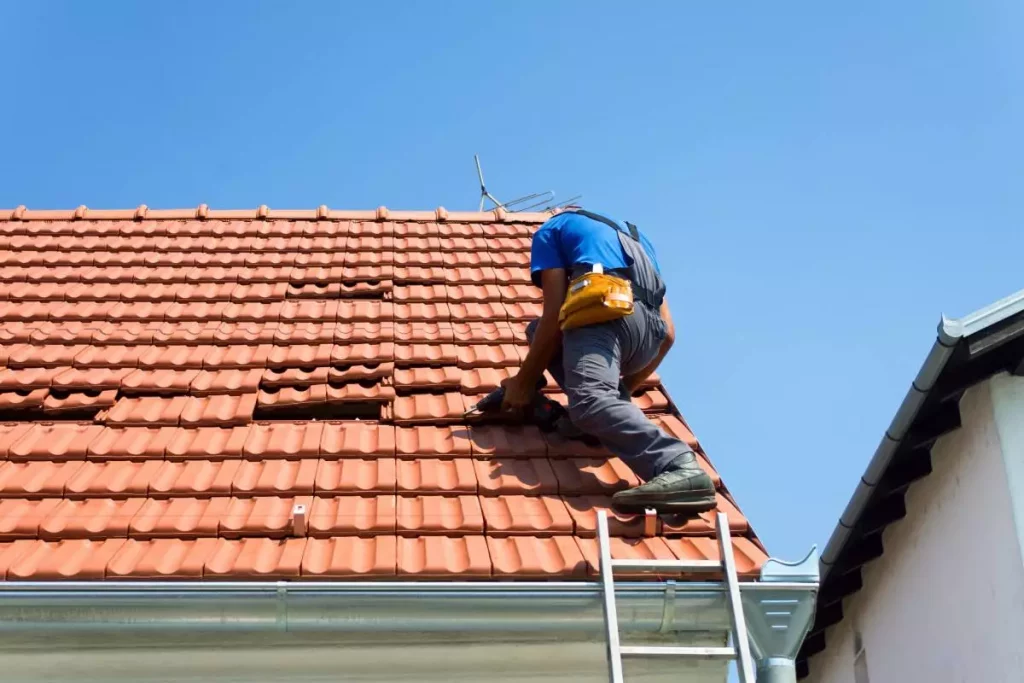Factors Influencing Commercial Roof Replacement Cost
When it comes to commercial roof replacement, understanding the factors that impact costs can help you make informed decisions and avoid unexpected expenses. From the type of roofing material to the size and complexity of your building, several elements come into play. Each choice you make can influence both the upfront costs and long-term value of your investment.
Additionally, the condition of your current roof, local labor rates, and even your geographic location can affect pricing. By delving into these aspects, you'll be better equipped to navigate the complexities of a roof replacement project and ensure it meets both your budget and business needs.
Key Factors Affecting Roof Replacement Costs
Understanding the key factors affecting roof replacement costs can help you budget effectively and avoid unexpected expenses. Here’s a breakdown of the crucial elements to consider:
- Roofing Material: The choice of material—whether asphalt shingles, metal, or slate—can significantly influence costs. Each type has its own price range, durability, and maintenance requirements, impacting both upfront and long-term expenses.
- Roof Size and Complexity: Larger roofs or those with complex designs, like multiple slopes or levels, require more materials and labor. This complexity adds to the overall cost due to increased installation time and difficulty.
- Roof Condition: The current state of your roof affects replacement costs. Extensive damage or structural issues may necessitate additional repairs or reinforcement, driving up the total expense of the project.
- Labor Costs: Local labor rates vary and can impact your budget. Skilled contractors might charge more, and labor costs can fluctuate based on seasonal demand and the complexity of the installation.
- Geographic Location: Costs can be influenced by regional factors such as climate, local building codes, and cost of living. Areas with harsh weather conditions or specific regulations might require more expensive materials or techniques.
Considering these factors will help you plan effectively for a commercial roof replacement and ensure you stay within your budget.
How Roofing Material Choices Impact Your Budget
Choosing the right roofing material is a crucial decision that can greatly impact your budget. Materials vary widely in cost, from economical options like asphalt shingles to high-end choices like metal or slate. Each material has its own set of advantages and drawbacks, affecting not only the initial cost but also the long-term maintenance and durability.
For example, while metal roofing might come with a higher upfront price, it often pays off with lower maintenance costs and a longer lifespan. On the other hand, materials like TPO or EPDM offer cost-effective solutions for flat roofs but might require more frequent repairs. Understanding the balance between initial investment and long-term savings can help you make a choice that fits both your financial plan and your building’s needs.
The Role of Roof Size and Complexity in Pricing
The size and complexity of your roof play a significant role in determining the overall cost of replacement. A larger roof obviously requires more materials and labor, which can increase expenses. Complexity adds another layer of cost—roofs with multiple sections, steep slopes, or intricate designs are more challenging to work on and thus more expensive to replace.
For instance, a roof with numerous dormers, skylights, or a high pitch will require more precise and careful installation, leading to higher labor costs. The difficulty of accessing certain areas or navigating around existing structures also contributes to the cost. Considering these factors can help you anticipate potential expenses and plan accordingly.
Assessing the Impact of Roof Condition on Costs
The condition of your current roof significantly influences the cost of replacement. If your roof has been well-maintained, the replacement process may be straightforward, involving the removal of old materials and installation of new ones. However, if your roof shows signs of severe damage—such as rot, leaks, or structural issues—the costs can rise considerably.
Damage to the underlying decking or insulation can lead to additional repairs before new roofing can be installed. It’s also worth noting that a deteriorated roof might require more extensive preparation work to ensure a proper fit for the new materials. Evaluating the extent of your roof’s condition with a professional can help you understand the full scope of potential costs.
Geographic Location and Its Influence on Roof Replacement
Your geographic location can have a notable impact on the cost of a commercial roof replacement. Different regions have varying climate conditions, which affect the types of materials that are suitable and their associated costs. For example, areas with extreme weather conditions, such as heavy snowfall or intense heat, might necessitate more durable and expensive materials to ensure the roof’s longevity.
Additionally, local labor rates and the cost of living can vary widely, influencing the overall expense of the project. Regional regulations and building codes also play a role; in some areas, specific standards or requirements can add to the cost of materials and installation. Understanding these regional factors can help you budget more effectively and choose the right materials for your location.
Understanding Labor Costs and Their Variations
Labor costs are a significant component of the overall expense for a commercial roof replacement, and these can vary based on several factors. The skill level and experience of the roofing contractors you hire will influence the cost, with more experienced professionals often commanding higher rates.
Additionally, labor costs can fluctuate based on local economic conditions and demand for roofing services. The complexity of the roof also affects labor costs; intricate designs or challenging installations require more time and expertise, leading to higher labor charges. Seasonal factors can play a role as well—contractors might charge more during peak seasons when demand is high. Being aware of these variations can help you plan and negotiate effectively.
The Effect of Roof Design on Replacement Expenses
The design of your commercial roof significantly influences replacement costs, with various elements affecting the overall expense. Understanding these factors can help you anticipate and manage your budget effectively.
Roof Complexity
Intricate roof designs with multiple slopes, angles, or curves require specialized labor and materials, leading to increased costs. The need for precise measurements, custom fittings, and detailed work can significantly raise the price of replacement, making complex roof structures more expensive to handle and install.
Roof Access
Roofs that are difficult to access or require special equipment, such as cranes or scaffolding, can drive up labor costs. Limited access points or challenging site conditions often necessitate extra time and resources for safe and efficient work, thereby increasing the overall expense of the replacement project.
Material Compatibility
Roof designs that incorporate a variety of materials or unique features might require specialized installation techniques. Ensuring that all materials are compatible with the existing design and with each other can prevent costly complications and additional expenses during the replacement process.
Structural Reinforcements
Some roof designs might require structural reinforcements or repairs before new roofing can be properly installed. If the existing structure is unable to support the new design, additional work such as strengthening beams or reinforcing trusses will be needed, impacting the total replacement cost.
Design Features
Roofs that include skylights, vents, or other built-in features require meticulous integration during replacement. These features necessitate precise adjustments and extra materials, increasing both labor and material costs as they must be seamlessly incorporated into the new roofing system.
Long-Term Savings and Initial Costs in Roofing Materials
When selecting roofing materials, it's essential to weigh long-term savings against initial costs. While some materials may have a higher upfront cost, they often offer greater durability and lower maintenance expenses over time. For example, metal roofing and slate might be more expensive initially but can provide significant savings through reduced repair and replacement needs.
Conversely, less expensive materials like asphalt shingles may require more frequent repairs or replacements, leading to higher long-term costs. Considering the lifespan and maintenance requirements of each material can help you make a choice that balances immediate affordability with long-term value. Evaluating both the short-term and long-term financial implications can ensure a more informed decision.
How Permits and Regulations Shape Roof Replacement Costs
Permits and regulations play a crucial role in determining the cost of a roof replacement. Most commercial roof replacement projects require permits to ensure compliance with local building codes and safety standards. The process of obtaining these permits can involve fees and paperwork, adding to the overall expense. Additionally, adherence to regulations may necessitate specific materials or construction methods that could impact costs.
Some areas have stringent codes regarding energy efficiency or storm resistance, which might require additional investments in specialized materials or techniques. Understanding the regulatory landscape and factoring in permit-related expenses can help you budget more accurately and avoid unexpected costs.
Hidden Costs and Surprises in Commercial Roof Replacement
When planning a commercial roof replacement, it’s important to be aware of potential hidden costs and surprises that can arise. Unexpected issues such as underlying damage, structural deficiencies, or outdated building components can increase expenses beyond the initial estimates. For example, once the old roof is removed, you might discover that the decking or insulation needs repair or replacement, leading to additional costs. Hidden damage, such as leaks or rot, might not be apparent until work begins. Additionally, unforeseen complications like weather delays or changes in material availability can affect the timeline and budget. Being prepared for these potential surprises and having a contingency fund can help you manage the financial aspects of your roofing project more effectively.
Navigating the costs of a commercial roof replacement involves understanding various factors from material choices to labor costs. By carefully evaluating these elements, you can make informed decisions that balance your budget with the needs of your building. Taking the time to consider each aspect will not only help you avoid unexpected expenses but also ensure a durable and effective roofing solution.
Ready to start your commercial roof replacement project? Avalon Roofing Services is here to help. Contact us today at (209) 380-1275 or email us at contact@avalonroofing209.com for a consultation. Visit us at 114 Almond Ave, Manteca, CA 95337, and let’s work together to secure your property with a top-quality roof.
